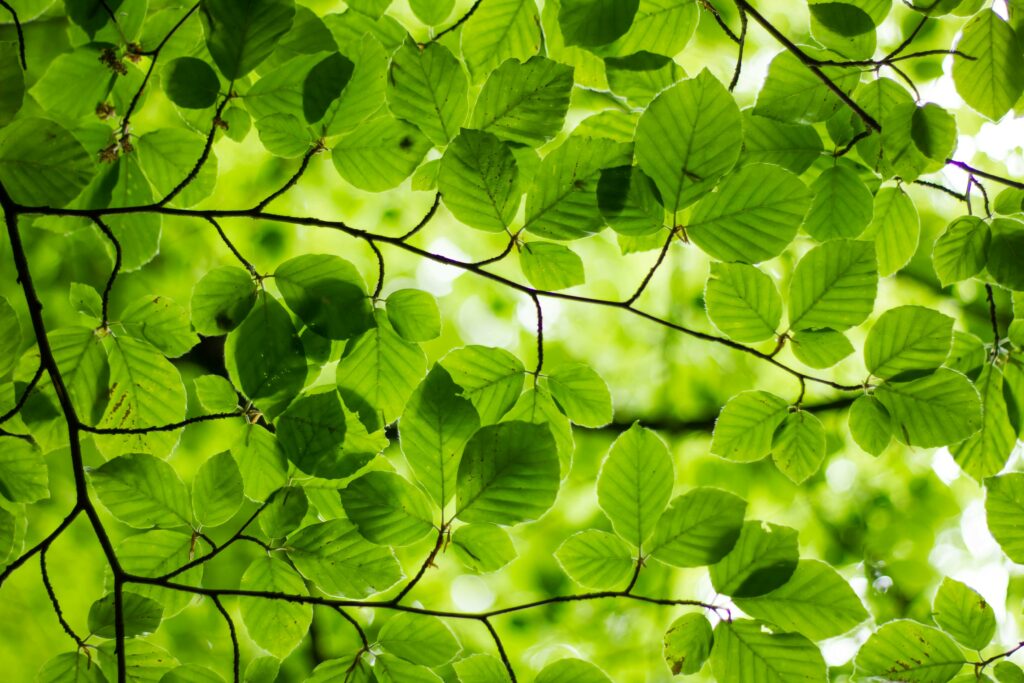Revolutionising contract furnishing: eco-friendly innovations in textile technology
At FibreGuard, we’re leading the way in sustainable manufacturing processes. Our desire to protect the planet is evident in our commitment to limiting the impact we make on the natural world at every stage.
With that in mind, in this blog post we’re exploring the importance of sustainable design in the production of our performance upholstery. We also look at how eco-friendly innovations such as ours can change the face of the textile industry.


Sustainable design and FibreGuard performance upholstery
So what do we mean by ‘sustainable design’? Well, for us, it refers to minimising environmental impact in the way we create and distribute textiles. There are 4 main ways in which FibreGuard and the wider textile industry aim make fabrics as sustainable as possible …
- Creating energy efficiencies – Eco-friendly materials such as organic cotton and recycled polyester often use less energy in their production process than other options.
- Conserving resources – Planet-friendly products may comprise of recycled or repurposed materials, or they may use reduced amounts of water in their manufacture.
- Designing durable fabrics – Sustainable textiles are built to last. The longer the lifespan of a material, the less frequently it needs to be replaced. This is better for the planet because it helps to conserve the earth’s limited supply of natural resources.
- Reducing carbon footprint – Materials with lower embodied energy contribute to a carbon footprint reduction.
Related Read: Eco-friendly architecture: the importance of sustainable design
The key environmental challenges faced by everyone in the textile industry
To adopt a more planet-friendly approach, there are number of negative factors the textile industry needs to mitigate, from the impact of climate change to waste management. So how are we attempting to overcome these environmental challenges? Well, there are various green initiatives now being widely adopted across the whole Bru group, including here at FibreGuard.
Water recycling measures and closed-loop systems can help minimise waste, and strict third party standards can ensure that manufacturers follow strict environmental guidelines relating to production, sustainability and ecology.
Eco-friendly innovations in upholstery fabrics
In recent years we’ve seen environmental innovations within our own company, and in the textile industry around us, move rapidly with far reaching results.
We’ve seen advancements in biodegradable fabrics, plant-based dyes, and digital printing techniques. Trends in sustainable textiles include eco-friendly fabrics made from recycled bottles or plastic waste from the ocean, and products created from waste materials such as banana stems, hemp and rice husks.
We have a wide variety of fabrics for designers to choose from. Each collection is the product of a long process of decisions, resulting in a fabric that's perfectly designed to fit their needs and style across all types of residential and hospitality settings.
FibreGuard: easy clean, eco-friendly performance fabrics for everyone
When design professionals specify FibreGuard fabrics, they are choosing high-quality products, with eco credentials that are transparent and easily verified by everyone. Here’s what that means for our customers:
- We are committed to sustainable sampling to reduce waste. Our innovative Twinbru system allows customers to view our upholstery collections via a library of 3D ‘digital twins’.
- Many of our performance fabric ranges contain polyester certified under the Global Recycled Standard certification which guarantees a minimum 50% recycled content.
- We constantly monitor our fabric mills’ compliance with the ISO 14001 standard which governs the effective use of resources and the reduction of waste.
- Our easy clean upholstery is PFAS free which means it doesn’t contain ‘forever chemicals’ which can remain in our bodies for many years.
- All FibreGuard’s upholstery fabrics are certified under the STANDARD 100 by OEKO-TEX® to ensure they are environmentally safe.
Related Read: Material matters: the role of fabric selection in sustainable interior design
Let’s recap
To sum up, sustainable design plays a key role in the textile industry, helping to minimise impact on the planet and reduce consumption of the world’s natural resources. New, eco-friendly innovations are being developed all the time, among them recycled fabrics, digital printing techniques, and sustainable sampling alternatives, such as FibreGuard’s Twinbru system.
With sustainable options now easily available from FibreGuard, the power is in your hands to contribute towards a greener future with your choice of fabric provider. Partner with us as we embark upon a journey to create a more sustainable, ethical contract textile industry.